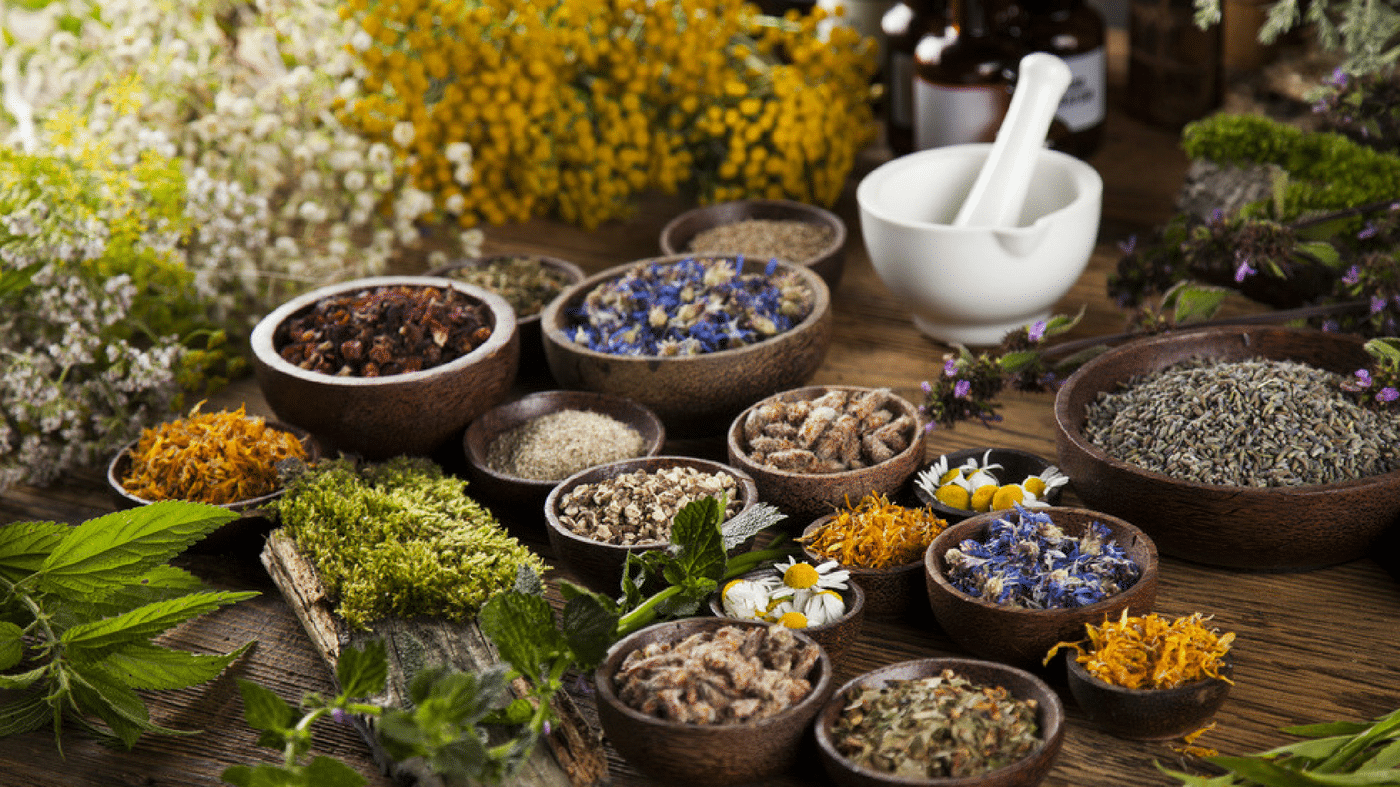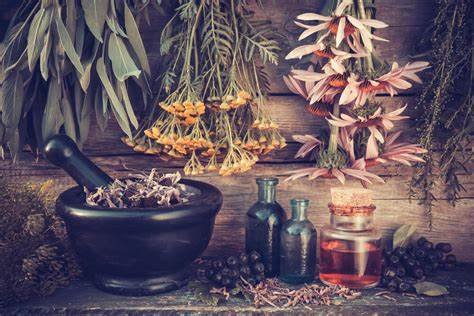The History of Medicinal Plants in Healing Practices
The use of medicinal plants dates back thousands of years and has played a crucial role in the development of human health and wellness practices. From ancient civilizations to modern-day healthcare, medicinal plants have been central to healing practices. In this article, we’ll explore the history of medicinal plants, their use across cultures, and their enduring legacy in today’s healthcare systems.
Ancient Civilizations and the Origins of Medicinal Plants
The earliest recorded use of medicinal plants comes from ancient civilizations like the Sumerians, Egyptians, Chinese, and Greeks. These cultures relied heavily on the natural world for remedies and treatments, and many of their practices continue to influence modern medicine today.
- Sumerians and Egyptians: The Sumerians, one of the first known civilizations, left behind records that mention the use of plants such as mandrake and poppy for medicinal purposes. Similarly, the ancient Egyptians documented the use of garlic, juniper, and myrrh for a variety of ailments in texts like the Ebers Papyrus, one of the oldest known medical manuscripts.
- Ancient China: In China, the use of medicinal plants was deeply rooted in traditional medicine, particularly through the practice of Traditional Chinese Medicine (TCM). Herbs like ginseng, ginger, and licorice have been used for thousands of years to treat a wide range of conditions. The Shennong Ben Cao Jing, a foundational text of TCM, categorizes hundreds of herbs, many of which are still in use today.
- Ancient Greece and Rome: The Greeks and Romans also utilized medicinal plants extensively. Figures like Hippocrates, often referred to as the “Father of Medicine,” prescribed various herbs for healing. The Greek physician Dioscorides wrote De Materia Medica, a comprehensive guide to medicinal plants, which became a crucial reference in Western medicine for centuries. Notable herbs included thyme, sage, and fennel.
The Middle Ages and the Role of Monasteries
During the Middle Ages, the preservation and knowledge of medicinal plants were largely in the hands of religious institutions, particularly monasteries. Monks grew herb gardens and studied the healing properties of plants, contributing significantly to the continuation of botanical knowledge.
- Monastic Medicine: Monasteries served as centers of learning and healthcare, where monks compiled medicinal plant knowledge passed down from earlier cultures. Texts like Hortus Sanitatis (The Garden of Health) were written during this period, documenting a variety of herbs and their uses for treating ailments like fevers, wounds, and digestive issues.
- Herbal Remedies and Folk Medicine: Alongside the monastic tradition, many people in rural communities relied on folk medicine, which often involved using local plants for healing. Knowledge of these plants was passed down through generations and was vital for everyday survival, especially in areas where formal medical care was scarce.
The Renaissance and the Rise of Scientific Exploration
The Renaissance period marked a renewed interest in scientific exploration and the classification of medicinal plants. During this time, botanical gardens were established in Europe, and plant-based healing was studied more rigorously.
- Advances in Botany: Pioneers such as Paracelsus, an influential Swiss physician and alchemist, began to experiment with plant extracts and chemicals to create more potent remedies. This laid the groundwork for the development of modern pharmaceuticals.
- Herbals and the Printing Press: The invention of the printing press in the 15th century helped spread knowledge about medicinal plants. Herbals, illustrated books detailing the properties of plants, became widely available. These publications were essential in the dissemination of herbal medicine knowledge across Europe.

The 19th Century and the Birth of Modern Medicine
In the 19th century, the rise of scientific experimentation and the advent of pharmacology significantly changed the way medicinal plants were used in healing practices. While many herbs continued to be used, more attention was given to isolating active compounds and creating standardized doses.
- Isolation of Active Ingredients: The 19th century saw the extraction of active compounds from plants that could be used in modern medicines. For example, morphine was isolated from the opium poppy, and quinine was extracted from the bark of the cinchona tree to treat malaria. This marked the beginning of the shift from traditional herbal remedies to the development of pharmaceutical drugs.
- Herbal Medicine’s Decline: As pharmaceuticals became more widely available, the use of medicinal plants declined in favor of synthetic drugs. However, many herbs remained in use in traditional healing systems, particularly in cultures like those in China, India, and South America.
The 20th Century to Today: A Return to Herbal Medicine
In recent decades, there has been a resurgence of interest in herbal medicine. People are increasingly turning to natural remedies to complement conventional treatments, driven by a growing desire for holistic and preventative health practices.
- Complementary and Alternative Medicine (CAM): The modern health movement has embraced a more integrative approach, where medicinal plants are often used alongside conventional treatments. Herbs like echinacea, valerian root, and St. John’s Wort are commonly used for immune support, stress relief, and mood enhancement.
- Scientific Validation: As interest in herbal medicine grows, scientific research has focused on validating the medicinal properties of many plants. For example, studies have shown that turmeric, with its active compound curcumin, has anti-inflammatory and antioxidant effects. This growing body of research is helping to bridge the gap between traditional herbal practices and modern scientific understanding.
Conclusion
The history of medicinal plants in healing practices is vast and intertwined with the development of human civilization. From ancient Egypt and Greece to modern-day scientific research, plants have played an essential role in promoting health and wellness. Today, as we return to natural remedies and explore the potential of plant-based medicine, we continue to honor the knowledge passed down through generations. Medicinal plants remain a vital part of both traditional and modern healthcare systems, offering a wealth of benefits for those who seek natural healing.



